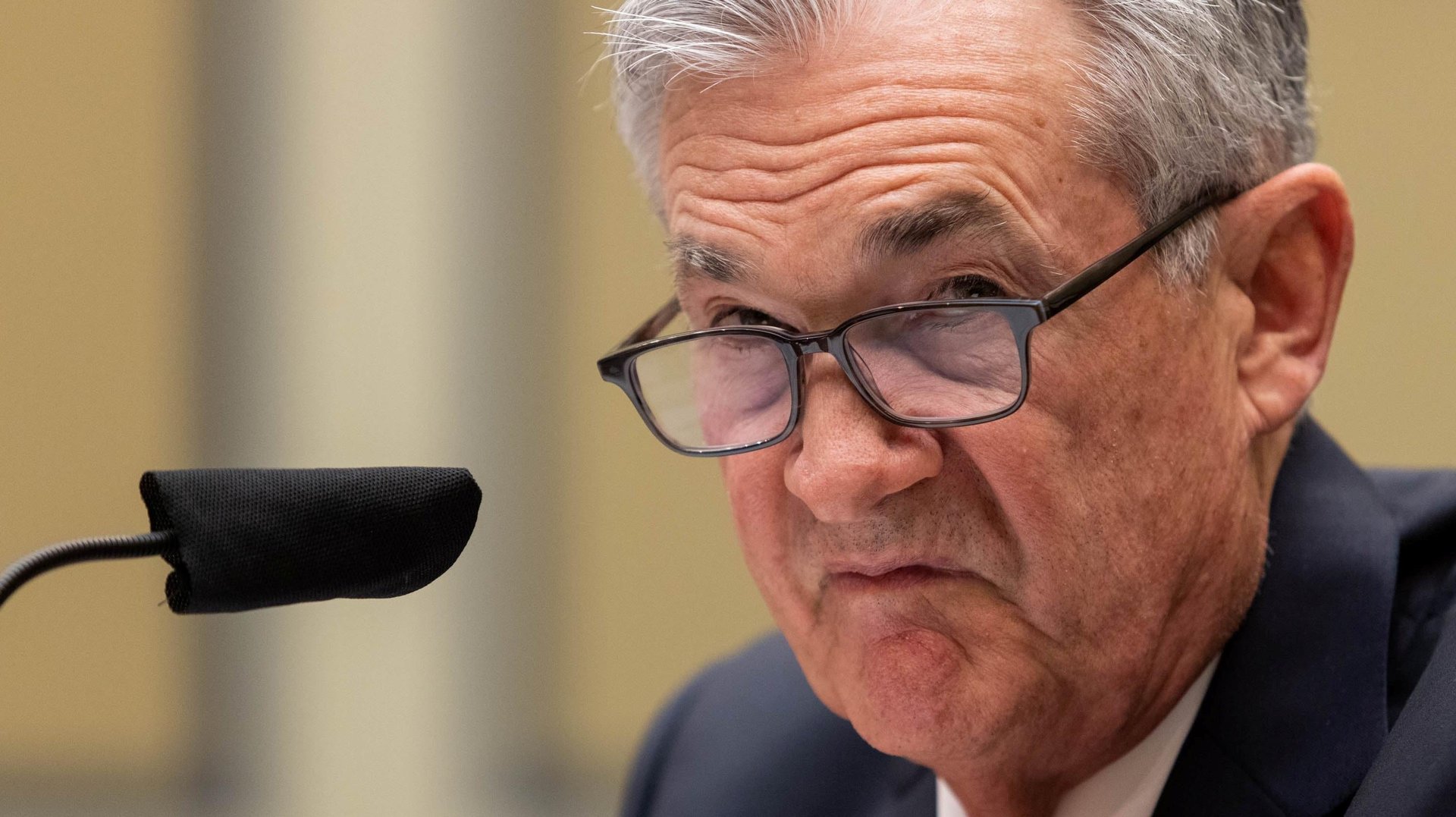Inflation is too important to be left to the central bankers
Inflation isn't just a macroeconomic phenomenon. It's a battle between companies and workers.

Rather than viewing inflation as a neutral, impersonal force like gravity, economists are starting to see it as a battle between different actors in the economy.
Former IMF chief economist Olivier Blanchard recently observed on Twitter that inflation is the result of the battle of distribution. Prices move because companies, workers, and taxpayers duke it out to get themselves the better deal in an economy.
Traditionally, the institution that suspends the battle between workers and companies is the Federal Reserve, which raises interest rates to bring inflation down. “By slowing down the economy, [the Fed] can force firms to accept lower prices given wages, and workers to accept lower wages given prices,” Blanchard wrote.
But interest rate hikes are, in fact, an inefficient way of dealing with this conflict. One would hope, Blanchard wrote, that the constant negotiations between workers, companies, and the state can produce outcomes “without triggering inflation and requiring a painful slowdown.”
These inflation fights are particularly painful when they hit food and energy prices, Claudia Sahm, a former Fed economist, wrote in agreement with Blanchard’s points. (Sahm, communicating via her Substack, included a still from the movie “Fight Club.” Blanchard had stirred up a battle.)
“Outrageously, we leave fighting inflation to the Fed alone,” Sahm wrote. “An unelected, unaccountable group decides who wins and loses.” The current framework for dealing with inflation is “falling woefully short,” she added.
But other arms of the government can intervene as well. Congress, for instance, can decide that it will subsidize energy prices and tax excessive profits. The White House has shown that it can tackle inflation by releasing oil from the Strategic Petroleum Reserve and buying oil futures contracts to subsidize production down the line, generating government revenue in the process.
Pushing macroeconomists to become more thoughtful about inflation, Sahm has written, should include banning the Phillips Curve. For more than 60 years, this dubious economic model has argued that the answer to bringing down inflation lies in letting unemployment go up. This is a dangerous notion that inflicts pain on millions of people—precisely the kind of pain that any coming recession will bring with it.
The case for no recession and declining inflation
The vast majority of banks are predicting a recession in 2023, and some are saying it will come in 2024. But not everyone is taking this bet. Notably, Goldman Sachs argued in November that the Fed would achieve its ideal soft landing: slowing the labor market without plunging the economy into a recession.
But this is a delicate feat. To achieve it, the demand for labor would have to decrease, as seen in falling job openings and wages. At the same time, the economy would have to avoid a sudden rise in the unemployment rate.
Goldman Sachs analysts also expect goods deflation to lead the way in cooling inflation. This was certainly true in November. Further, the analysts believe that the personal consumption expenditure price index will fall from its present 5% to 3% by December 2023.
A soft landing will still entail a slowdown, though, and consequent damage to the economy. The recent contraction, for instance, has significantly slowed the number of homes being built in the US, which will only worsen the housing shortage.
Moody’s Analytics is predicting a “slowcession,” which is a clunky term for a situation in which growth comes nearly to a standstill but never turns negative, as it does in a recession. Moody’s makes this prediction partly on the strength of healthy household balance sheets, record profits for American businesses, and the overall strength of the labor market, even as labor growth slows steadily as inflation drops.
Degree by degree, in this way, the US may yet steer away from a recession.
